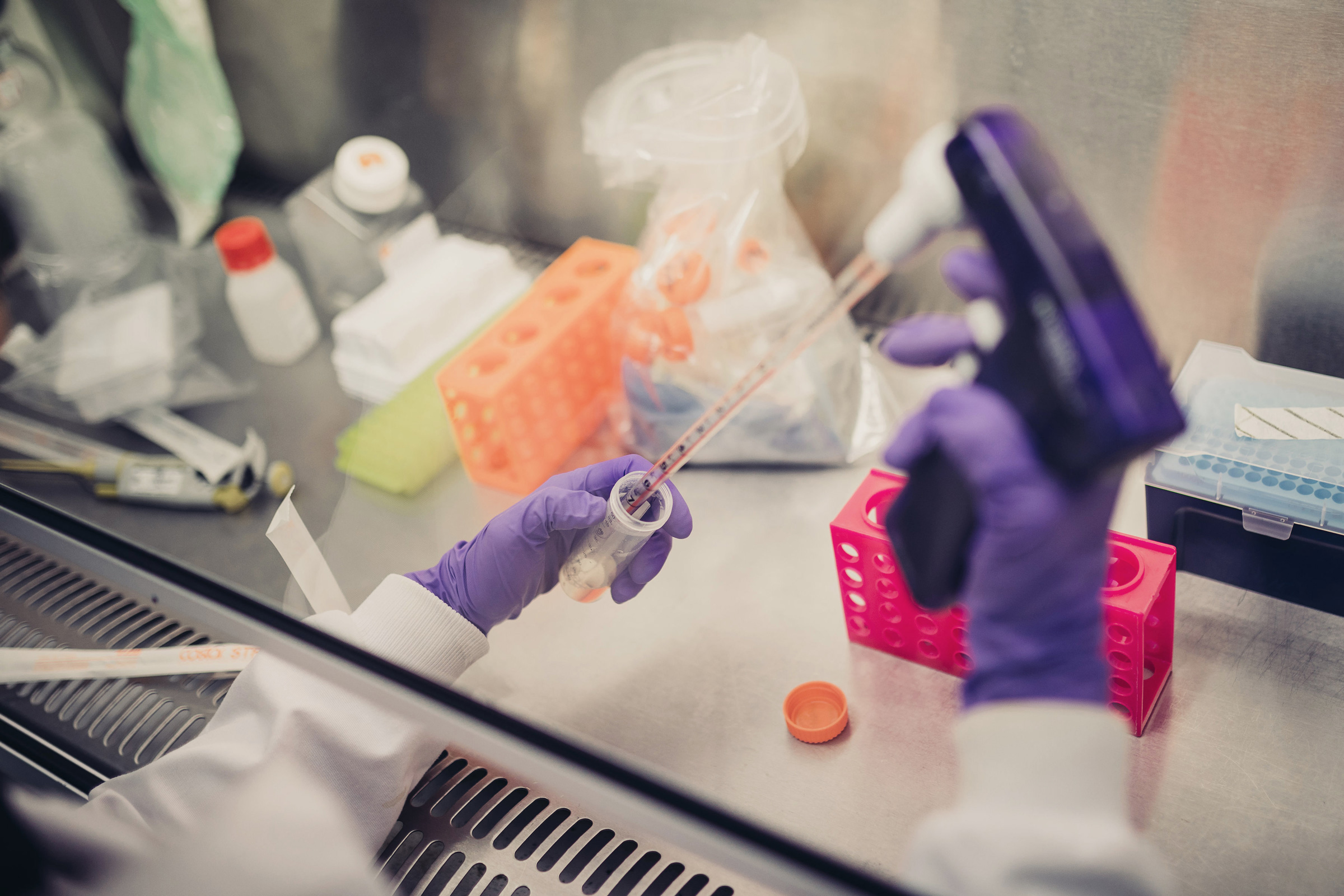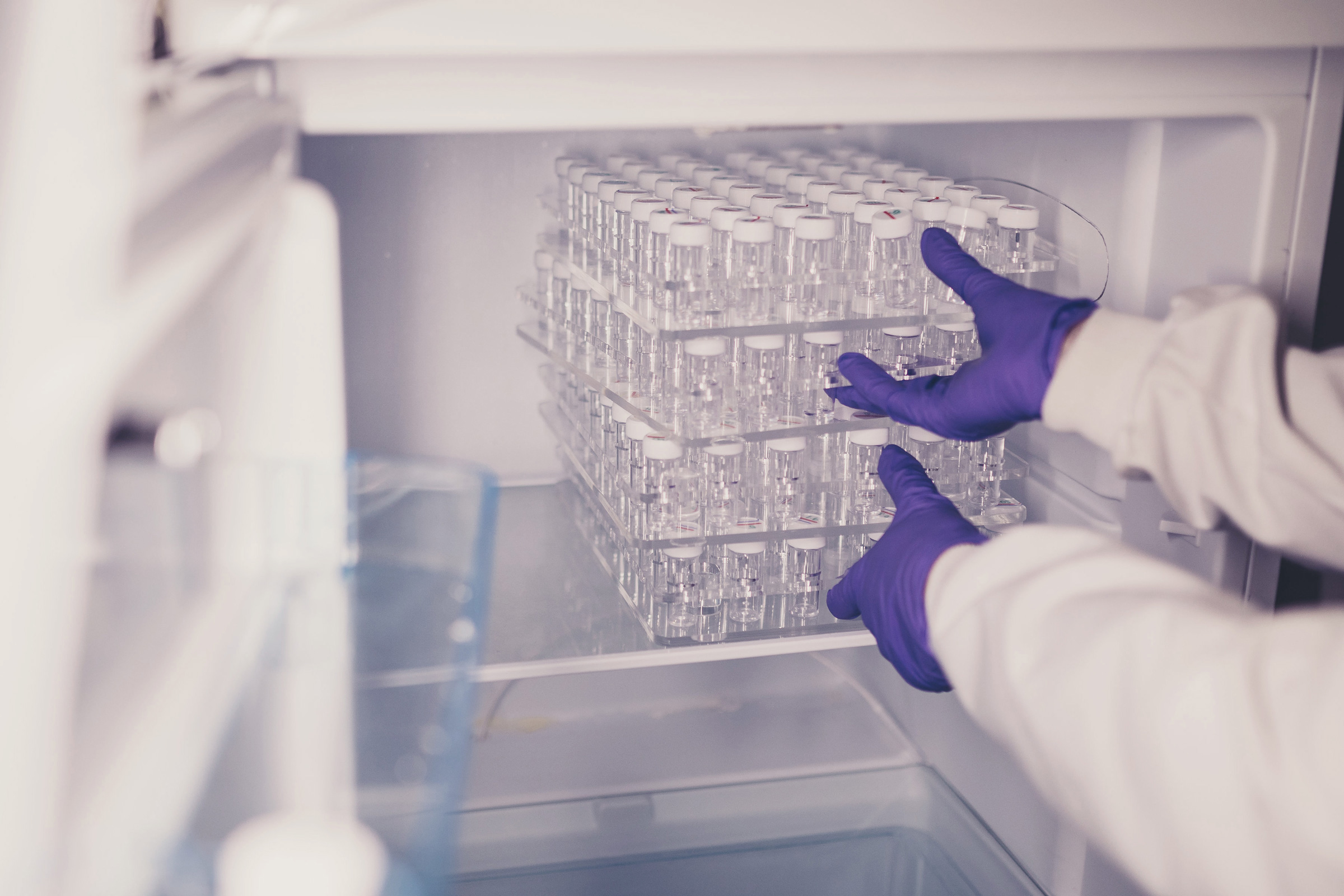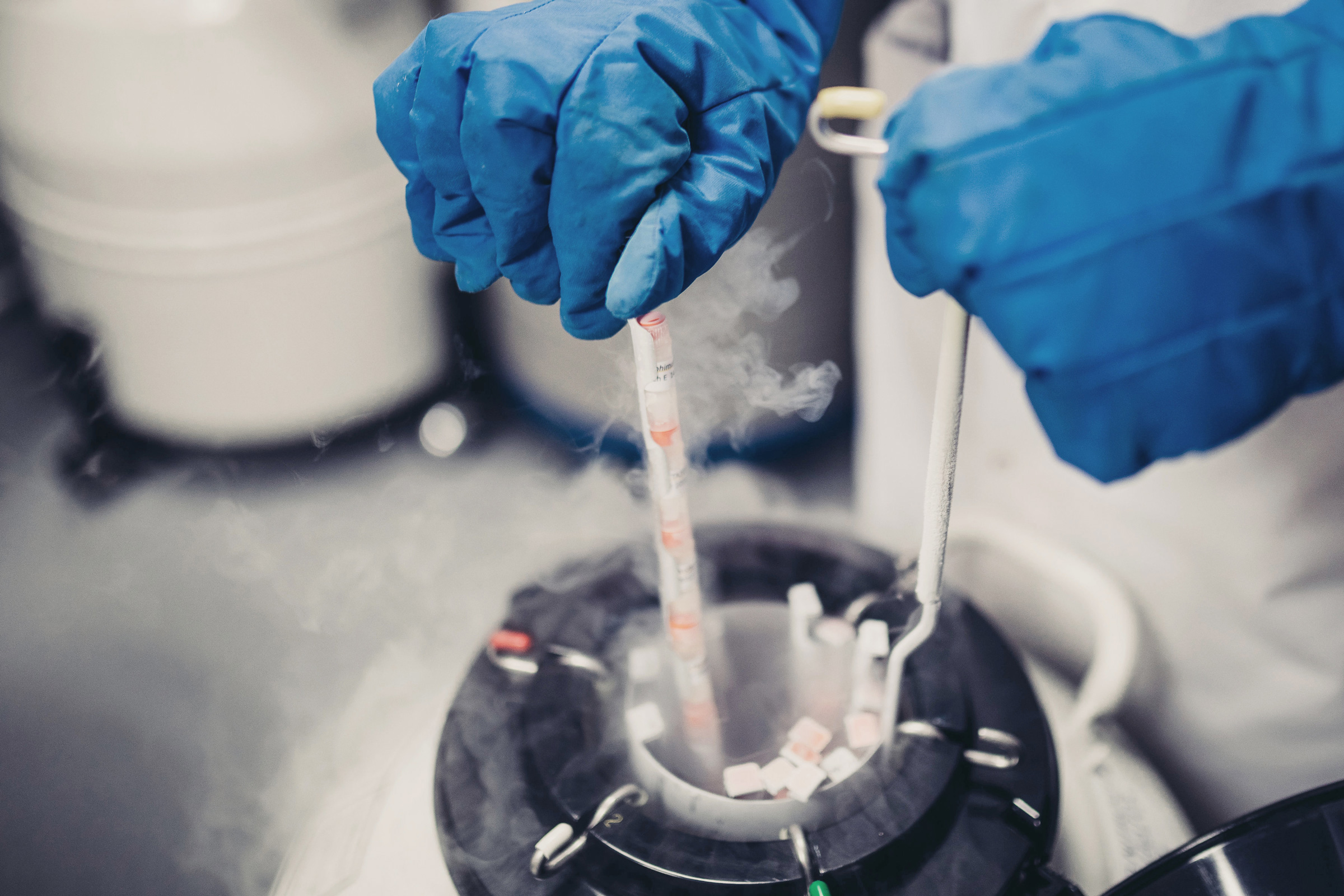SERVICE INFORMATION
Comprising a scientific team of experts from pharmaceutical, agrochemical and CRO backgrounds, Gentronix has a wealth of experience in delivering regulatory genotoxicity testing adhering to genotoxicity studies guidelines. Our laboratory facilities at Alderley Park are GLP-compliant and purpose-designed for genotoxicity testing. We are committed to providing high-quality genotoxicity services and facilitating safety assessment for gene mutation structural and numerical chromosomal damage.
OECD 471: Ames Test
A bacterial reverse mutation assay, long established as a predictor of point mutagens, and a key element of regulatory safety assessment across global industries. The assay can discriminate some modes of action for direct-acting mutagens and is quick to conduct. Our experts have decades of experience in performing Genotoxicity Ames tests and work with you to not only perform the studies but also to interpret the results and advise on any appropriate follow-up.
OECD 487: In vitro MNT
The in vitro micronucleus test is a mammalian cell assay that enables the detection of both structural and numerical chromosomal damage, utilising either TK6 or primary human lymphocyte cells. When the in vitro genotoxicity micronucleus assay is used in combination with an Ames test for Genotoxicity or mouse lymphoma assay, all key classes of genotoxic agents can be reliably detected. The assay can also be modified by the addition of FISH to enable discrimination between clastogenic and aneugenic mechanisms, which can be a critical factor for refining risk assessments.
OECD 490: Mouse Lymphoma Assay (MLA)
The MLA is a mammalian cell gene mutation assay that can detect clastogenicity and point mutations, making it a favoured Genotoxicity assay for many clients. The MLA is complementary to the Genotoxicity Ames test, with utility in detecting effects particular to the mammalian DNA regulatory apparatus, providing evidence that a mutagenic substance may or may not carry a mammalian cell risk.
OECD 474: In vivo Micronucleus Assay
The mammalian rodent erythrocyte micronucleus assay is the most used in vivo genotoxicity study, able to detect both clastogenic and aneugenic modes of action, for substance with systemic exposure. The test is used to identify substances induce formation of micronuclei in erythrocytes and can be assessed either in bone marrow via microscopy or peripheral blood using flow cytometry. The ability of the test to take account of factors such as in vivo metabolism, pharmacokinetics and DNA repair processes, assessing both the impact on response these may have, but also providing further investigation of genotoxicity detected within the in vitro assay battery.




